Trekking Outdoor Boots For Men
₹199.00
Key Features
| Characteristic | Description |
|---|---|
| Sole | Rubber |
| Closure | Lace-Up |
| Shoe Width | Medium |
| Waterproof | Synthetic leather keeps feet dry, reinforced toe & heel |
| Insoles | Turbo air technology for shock absorption and energy return |
| Outdoor Protection | Rubber toe, ample midsole, arch & ankle support |
| Traction | High grip rubber outsole for various terrains |
| Lightweight | Breathable, cushioned, and energy-efficient design |
- Purpose: Trekking boots are built to withstand the demands of various outdoor activities. They offer stability and durability, making them ideal for long-distance hiking, mountain climbing, and multi-day treks.
- Materials:
- Upper: Trekking boots typically have uppers made of materials like leather, synthetic fabrics, or a combination of both. Full-grain leather offers excellent durability and water resistance, while synthetic materials can be lighter and more breathable.
- Midsole: The midsole provides cushioning and support. It is often made of materials like EVA (ethylene-vinyl acetate) or polyurethane to absorb shock and provide comfort during long hikes.
- Outsole: The outsole is crucial for traction on various terrains. Trekking boots have rugged, lugged outsoles made of rubber or other durable materials to ensure good grip and prevent slipping.
- Waterproofing: Many trekking boots are equipped with waterproof membranes like Gore-Tex to keep your feet dry in wet conditions. Waterproof boots are essential for crossing streams, walking in rain, or traversing muddy terrain.
- Breathability: Breathable linings and mesh panels are often incorporated to help wick moisture away from the feet, preventing sweat buildup and reducing the risk of blisters and discomfort.
- Ankle Support: Trekking boots typically come in different heights, including low-cut, mid-cut, and high-cut. High-cut boots offer the most ankle support and are suitable for rugged terrain and heavy backpacking loads.
- Lacing System: An effective lacing system ensures a snug fit and prevents foot movement inside the boot, reducing the risk of friction-related injuries.
- Weight: Trekking boots vary in weight. Lighter boots are suitable for less demanding hikes, while heavier, more robust boots are designed for challenging terrain and longer treks with heavy loads.
- Fit: Finding the right fit is crucial for comfort and preventing foot issues. It’s advisable to try on boots in a store and wear the same type of socks you plan to use during your outdoor activities.
- Break-in Period: Trekking boots often require a break-in period where you gradually wear them to mold them to your feet. This ensures a more comfortable fit during extended hikes.
- Maintenance: Regular cleaning and proper care will extend the life of your trekking boots. This includes cleaning off mud and debris, drying them properly, and applying waterproofing treatments as needed.
| Size | 7, 8, 9, 10, 11, 12 |
|---|---|
| Color | Black, Brown, Khaki, Multicolor |
Be the first to review “Trekking Outdoor Boots For Men” Cancel reply
Related products
Men
₹189.00
₹179.00
₹199.00
₹199.00
Casual Shoes
₹149.00

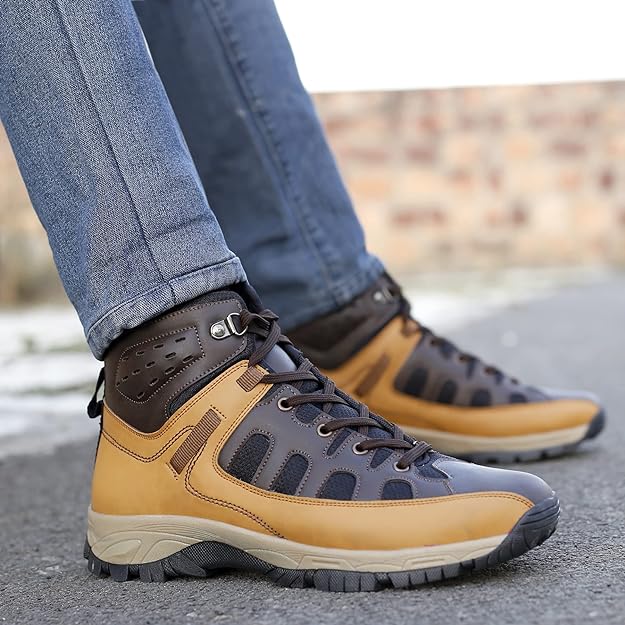
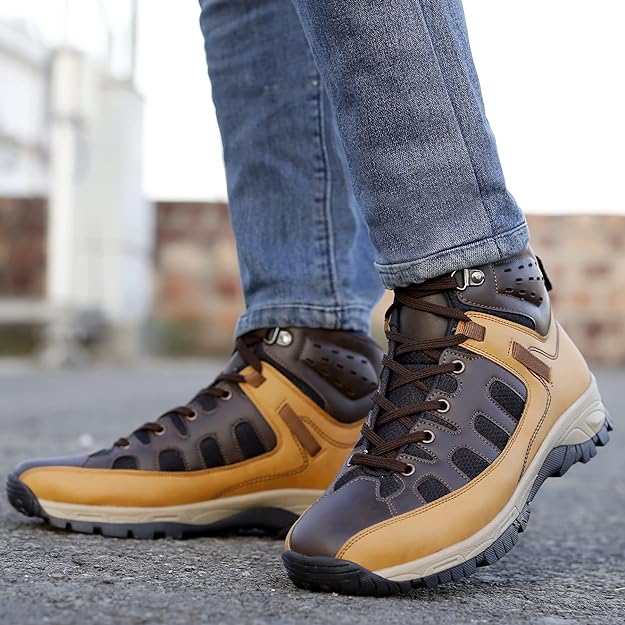
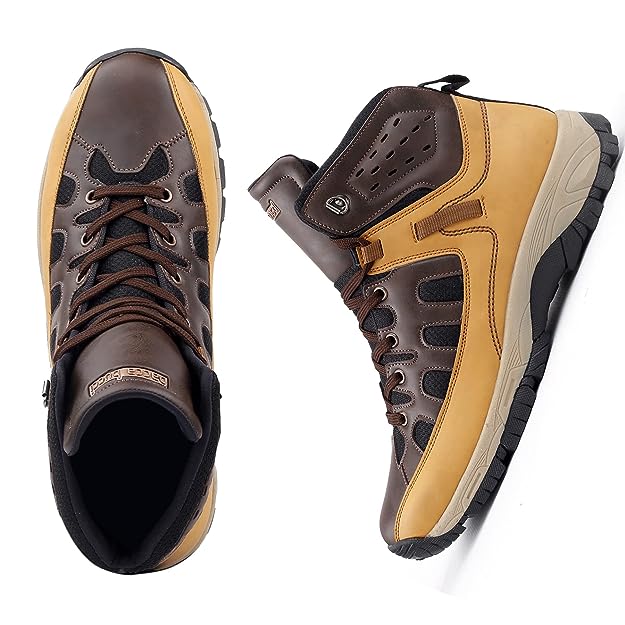
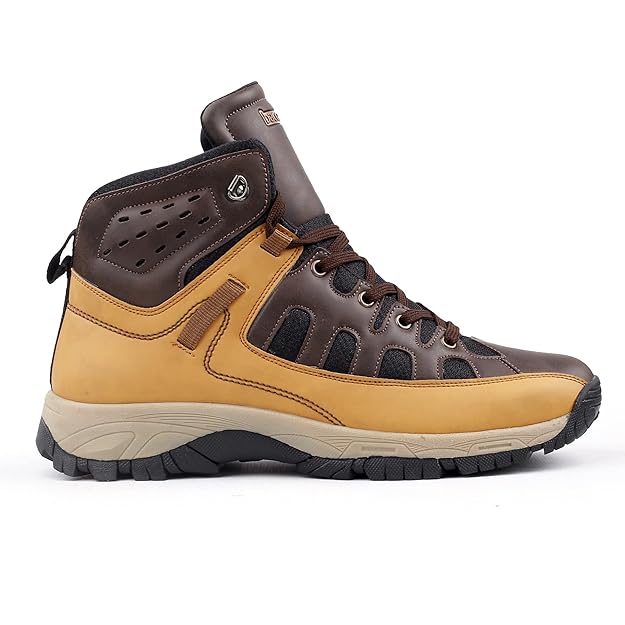
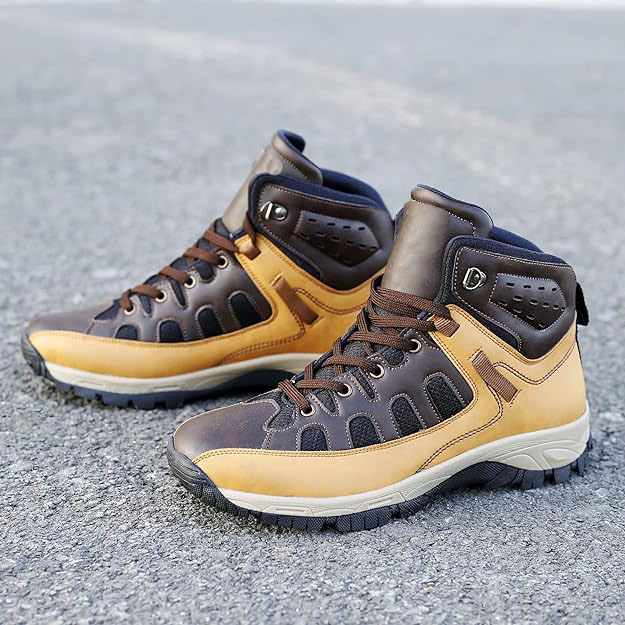
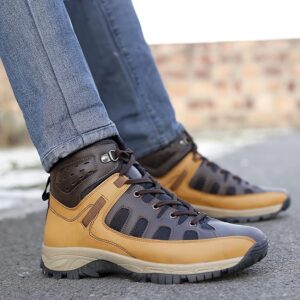
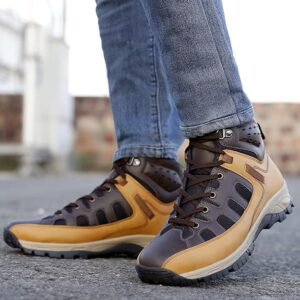
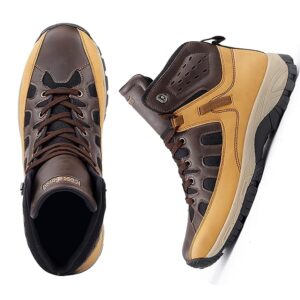
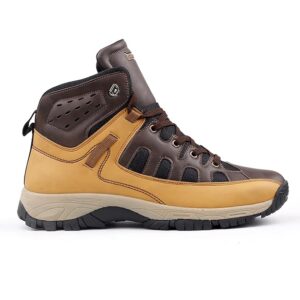
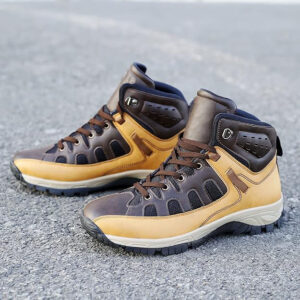

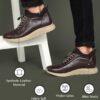



Reviews
There are no reviews yet.